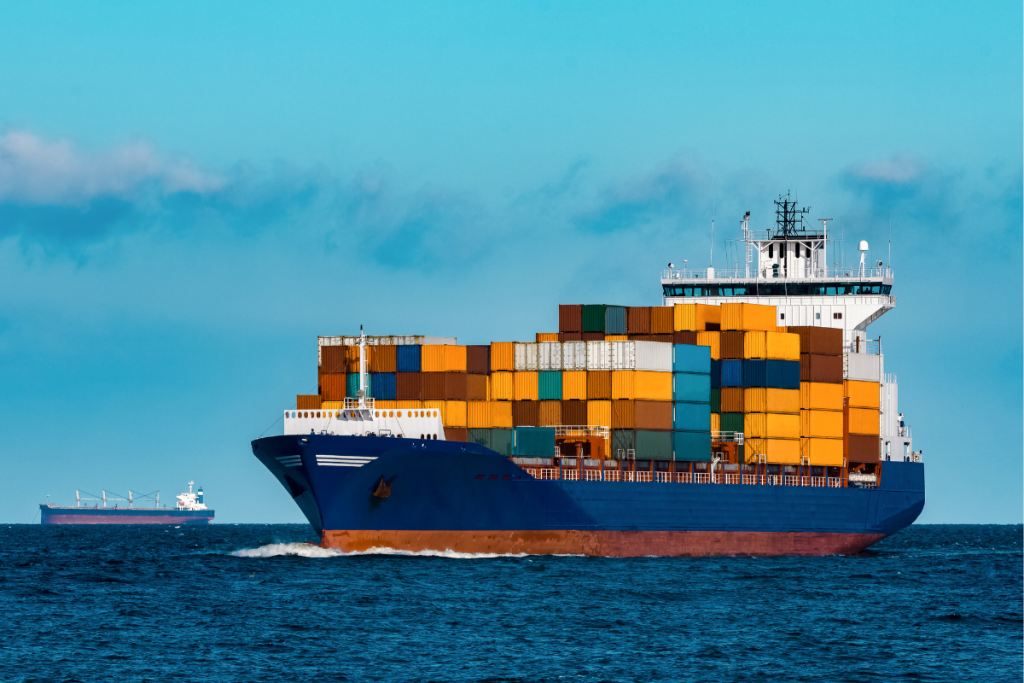With container lines severing trans-Pacific routes and cargo flows stalling, the U.S.–China trade war is reshaping global logistics networks. Tumbling freight rates, rerouted energy cargoes, and booking cancellations are just the start. For supply chain leaders, the bigger challenge lies in recalibrating strategies amid prolonged uncertainty and shifting geopolitical tides.
Trans-Pacific Disruption Signals Broader Realignment
The Pacific Ocean, once the backbone of global trade between the U.S. and China, is seeing a marked decline in activity. Major carriers like Hapag-Lloyd and Kuehne + Nagel have slashed bookings from China to the U.S. by up to 30%, reflecting a deeper fracture in what was once the world’s most vital trade corridor.
This downturn isn’t limited to containers. Dry-bulk and energy carriers are also rerouting or halting voyages altogether. U.S. crude oil exports to China, once a growing flow, have now ceased, while dry goods like coal and soybeans are being diverted to closer markets. These shifts cut into ton-mile demand, impacting vessel utilization rates and cascading volatility across the wider logistics ecosystem.
Freight rates mirror the malaise. The cost of shipping a 40-foot container from Shanghai to Los Angeles has plunged to its lowest point since 2023, according to Drewry. That drop reflects both dwindling demand and a growing wariness among shippers who now see U.S.–China trade as unstable ground. Further uncertainty looms over the Biden administration’s continuation of Trump-era tariffs and punitive port charges on Chinese vessels.
Strategic Consequences for Supply Chain Leaders
For supply chain leaders, these maritime shocks underscore the need to rethink established assumptions. The weakening of the trans-Pacific route, historically central to just-in-time delivery models, demands urgent diversification of sourcing strategies, transit lanes, and inventory positioning.
Moreover, policy unpredictability is now a primary risk vector. While shipping routes between Asia and other regions remain stable, the U.S.–China lane is becoming a liability in long-term planning. The erosion of duty-free thresholds for e-commerce shipments and the looming port fees on large Chinese vessels further complicate cost structures for U.S. importers.
Some executives are already pivoting: either reshoring critical inputs, nearshoring to Mexico and Canada, or strengthening ties with Southeast Asian exporters. But these changes will take time—and capital. Meanwhile, logistics teams are being forced into reactive mode, adjusting routings week by week while renegotiating contracts in a fluid pricing environment.
Structural Trade Shift
The retraction of trans-Pacific shipping activity is less a temporary disruption and more a signal of structural recalibration in global trade. For supply chain leaders, the challenge lies in balancing operational continuity with exposure to geopolitical risk. This means reassessing exposure to high-volatility corridors, maintaining optionality in sourcing, and strengthening scenario planning around geopolitical triggers.





